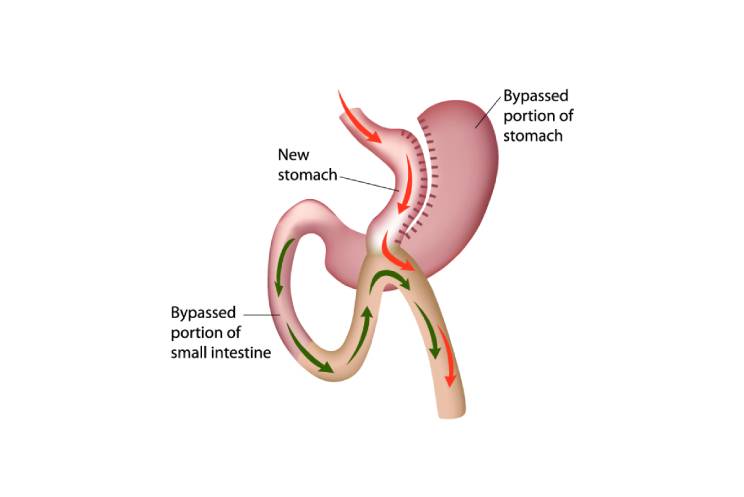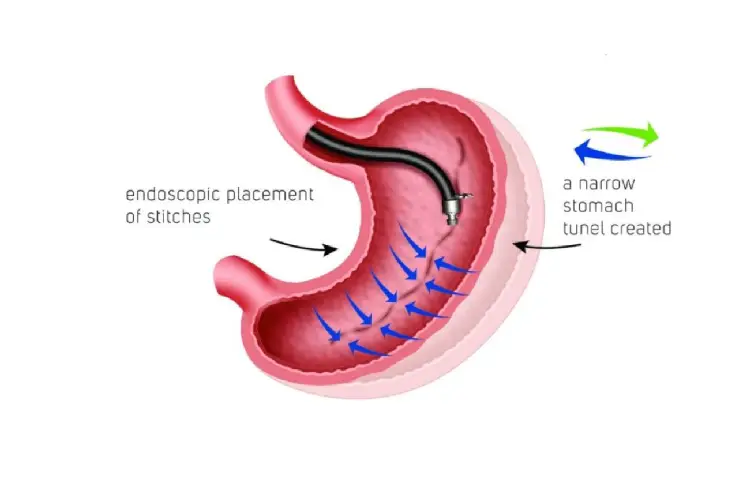It’s that time of the year again. As Autumn rolls in and the leaves change into their vibrant orange and red hues before dropping, the time to give thanks is here. Thanksgiving is a joyous occasion to gather with friends, family, acquaintances, to celebrate the blessings of the season. Thoughts of juicy turkeys, rich mashed potatoes, and sweet pumpkin pies are conjured through the imagination at the very mention of Thanksgiving. For those on a bariatric diet, it may seem like a daunting feat to tackle such an overabundance of rich foods all at once, but that is not the case at all. The key is moderation and slightly tweaking what you choose to put on your plate while keeping in the mind the basic rules of a bariatric diet. Outlined below, are some of the most common Thanksgiving fares you’ll find on any dinner table, and tips on how to enjoy them.
Surviving Thanksgiving Day After Bariatric Surgery
Turkey
According to the USDA, the US produced 5.98 billion pounds of turkey in 2017. It is the most iconic centerpiece to any traditional Thanksgiving feast. Following the diet, avoid any excess sugars, oils, and fats. This means avoiding turkeys that have been basted in maple syrup, turkeys that have been deep-fried, and turkeys that have been cooked with excess butter. Turkey itself is a very lean meat and can be very flavorful with just a simple low sodium brine preparation, with lots of herbs and zest. If you are not actually preparing the turkey itself, a majority of the fat and sugars can be removed by simply removing the skin.
Mashed Potatoes
Mashed potatoes are a rich and comforting addition to any dinner table, but it is also a vehicle, to heap on butter and salt. Instead, try using a fat-free yogurt and herb garlic topping to add a bit of tang to the potatoes. Better yet, if you want something a bit different, substitute potatoes with cauliflower that has been boiled with a pinch of salt and pureed in a food processor. Avoid gravy, as most are loaded with thickeners and fat from the pan drippings.
Cranberry Sauce
Cranberry sauce on the shelf is highly sweetened to balance out the intense tanginess of the fruit. It’s very easy to make your own using sugar-free sweeteners. All you will need is :
- 1 Cup of water
- 12 Ounces of fresh cranberries
- 1 Cup of granulated Splenda
- 1 Cinnamon stick
- 2 Tablespoons of freshly grated orange zest
Wash and clean the cranberries, and then bring the 1 cup of water to boil in a medium saucepan. Add all the ingredients and simmer until the cranberries have opened up and are soft and pliable. Add additional zest or Splenda to fit your tastes.
Pumpkin Pie
Pumpkin pie can be a little tricky as the crust is usually loaded with fat, and the filling, with sugars. Most pumpkin pies that follow a bariatric diet either go with a completely crustless pumpkin pie or substitute a regular crust with a graham cracker pie crust. The trick when making it is to still follow the standard seasoning of cinnamon, cloves, and ginger, but use sugar-free sweeteners in place of regular sugar. Instead of using whole milk and cream, use skim milk or light evaporated milk and sugar-free, low fat whipped topping as an optional topping.
Moderation/Key points
As you sit and enjoy your meal, keep in mind a few points that follow the basics of bariatric dieting.
- Thanksgiving is a time where overstuffing and overconsumption can easily happen. Limit intake with smaller portions. Instead of having that huge double slice of pumpkin pie, enjoy a moderate sliver. Moderate your portions.
- Eating too much can cause stomach stretching. Post-op bariatric diets are meant to heal your stomach.
- Eating too quickly can cause uncomfortable symptoms such as nausea when foods and liquids enter the small intestine too quickly. Take your time and enjoy your food. You will feel fuller if you let your body sense the food has been consumed.
- Chew thoroughly before swallowing to ease the process of digestion.
Remember, that following a bariatric diet, and allowing the stomach to heal, will not only lead to weight loss but a better quality of life. Something that you can be thankful for, the following Thanksgiving, as you look back at the progress made.
You can still eat bold and flavorful tasting foods, and feel better about yourself afterward. So grab a plate, and bring a smile, and have a Happy Thanksgiving!
This entry was posted in Post-Op and tagged diet, holidays, postoperative diet, thanksgiving. Bookmark the permalink.







